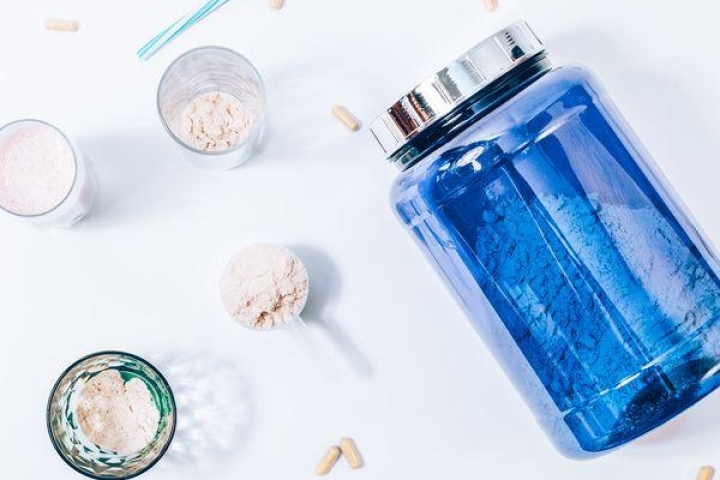What is SAMe (S-adenosyl L-methionine) and What are the Benefits?
Discover How SAMe Can Work for You
S-adenosyl L-methionine, also known as s-adenosyl methionine, SAM-e, and more, is often simply referred to as SAMe (pronounced “Sammy”).
But what exactly is SAMe or s-adenosyl methionine, besides being a term riddled with syllables?
If you’re looking for a new mental support hero, SAMe might be the nutrient you need.
What is SAMe?
SAMe starts as an amino acid called methionine and is bound to an ATP molecule. Found in various foods and metabolized by the liver, SAMe can also be synthesized and used as a supplement by those who may not produce enough naturally or obtain sufficient amounts through their diet. As a methyl-donor, SAMe transfers methyl groups to other molecules in the body, which are essential for accelerating or maintaining bodily reactions necessary for homeostasis.
SAMe plays multiple roles in the body, from the formation and breakdown of proteins and hormones to involvement in the final steps of serotonin and dopamine production through a process called methylation. It is commonly used as a supplement to support healthy mood and joint health.
What Does SAMe Do?
This nutrient is utilized for a variety of wellness needs, with the most common and researched applications being joint health and emotional support.
Healthy Mood
SAMe is widely used to support a healthy mood. As a naturally occurring compound, it may enhance mental wellness and mood stability.1 Dr. James Lake explains that SAMe acts as a methyl donor to many neurotransmitters and boosts serotonin and dopamine production. Research suggests its mood-supporting properties may be due to its ability to cross the semi-permeable blood-brain barrier (BBB).2
Joint Health
SAMe also supports joint health by promoting healthy collagen, which may enhance joint comfort and mobility.3 Although further research is necessary to confirm its long-term effectiveness, s-adenosyl L-methionine has demonstrated promising results in maintaining healthy joints.4
How to Take SAMe
SAMe, derived from the amino acid methionine, is naturally present in the body’s cells and functions as a methyl group donor in over 100 different reactions. It is crucial to ensure the body receives an adequate amount.
The most common forms of this supplement are SAMe capsules or tablets. Dosage varies based on the desired health benefit; for mood and mental health, the recommended dose ranges from 800-1,600 mg throughout the day, while for joint health, it ranges from 600-1,200 mg.5,6
As a best practice, always consult with your doctor before starting SAMe, especially if you are pregnant, nursing, taking antidepressant medication, or have bipolar disorder.
Sign up for BubbForest Health emails to stay informed about new articles and our best promotions.
Stay well.
BubbForest
About Amy Sunderman, MS, RD
Director of Science & Innovation, Registered Dietitian, BubbForest Health
Amy is a registered dietitian, nutritionist, and author with over 20 years of experience in the supplement industry. She is passionate about dietary supplements and the health benefits they offer. Amy enjoys working to find novel nutritional ingredients with strong clinical research behind them to drive innovation and provide health-promoting products to consumers.
*These statements have not been evaluated by the Food and Drug Administration. These products are not intended to diagnose, treat, cure, or prevent any disease.
Sources:
1. SAMe as antidepressant. PubMed. Read source
2. Cerebrospinal fluid S-Adenosylmethionine in depression and dementia. National Library of Medicine. Read source
3. S-Adenosylmethionine in the Treatment of Osteoarthritis. American Journal of Medicine. Read source
4. S-adenosyl methionine (SAMe) versus celecoxib for the treatment of osteoarthritis symptoms. BMC Musculoskeletal Disorders. Read source
5. SAMe. WebMD. Read source
6. Clinical Guidelines for the Management of Adults with Major Depressive Disorder. PubMed. Read source





Leave a comment